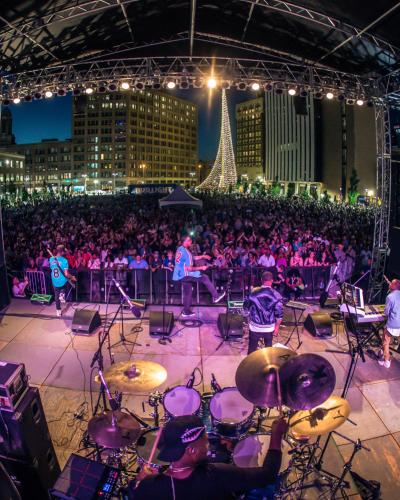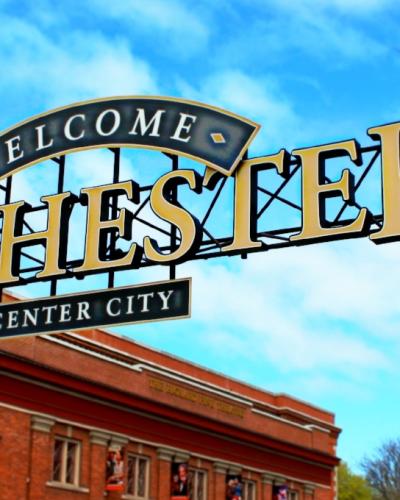Frederick Douglass
Escaped slave. American Social Reformer. Abolitionist. Orator. Publisher. Statesman. Frederick Douglass held many titles in his esteemed life, but one we are incredibly proud of is "Rochester's Son."
Douglass called Rochester home from 1847-1872. It is the city where he lived longer than anywhere else in his life and where he gave his famous speech on July 5, 1852, "What to the Slave Is the Fourth of July?" The city served as a beacon of hope for Douglass and the many he helped ferry to freedom. Douglass did so through his relationship with Amy and Isaac Post, whose home served as a station on the Underground Railroad, dangerously holding as many as 20 escaped slaves at a time. And he assisted fellow abolitionist and political activist Harriet Tubman, who led escaped slaves to Kelsey's Landing. Kelsey's Landing was the southernmost navigable point on the northern flowing Genesee River and the last leg of the Underground Railroad. From this point, Canadian steamships were boarded, and freedom assured.
With common goals of social justice and civil rights, Douglass also worked alongside notable suffragist, fellow civil rights champion, and Rochesterian Susan B. Anthony in support of the women's suffrage movement. A bronze sculpture titled "Let's Have Tea" commemorates their friendship and is one of the many tributes to Douglass around the community.
Although Douglass moved to Washington D.C. in 1872, it is Rochester in which he always felt most at home and where his legacy is preserved today. He is laid to rest in Rochester's historic Mount Hope Cemetery, which also happens to be the final resting place of Susan B. Anthony.
Nearby is the Frederick Douglass Monument in Highland Park. Prominently displayed at the corner of South Avenue and Robinson Drive, the monument is believed to be the first public statue erected to memorialize an African-American in the United States.
Looking for a guided tour? Akwaaba Heritage Tours bring to life the history of Frederick Douglass and Rochester's ties to the Underground Railroad.
Further, explore the life of Frederick Douglass and Rochester's role in the Underground Railroad with a visit to the Rochester Museum and Science Center. The exhibit Flight to Freedom: Rochester's Underground Railroad explores the paths of several courageous freedom seekers and the tremendous obstacles they overcame to build free lives.
As a city, we are very proud of the spirit and legacy that Frederick Douglass instilled in this community. We are committed to preserving his memory and honor his legacy as "Rochester's Son" every day. In 2020, the Greater Rochester International Airport renamed itself Frederick Douglass Greater Rochester International Airport in honor of Douglass, and an exhibit will be unveiled in late 2021 or early 2022.







